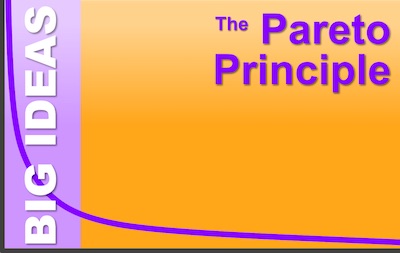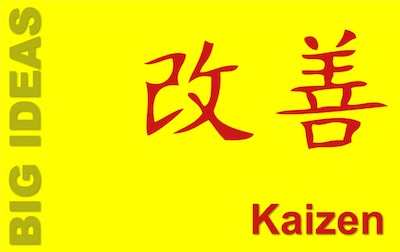
 When did bureaucracy become a dirty word? Almost certainly when the idea of adhocracy emerged.
When did bureaucracy become a dirty word? Almost certainly when the idea of adhocracy emerged.
The two are polar opposites: radically different ways to co-ordinate an organisation.
But, while the concept of bureaucracy goes back to the nineteenth century; adhocracy is new. But maybe not as new as you think.
Continue reading Adhocracy: Organisational Structure without Structure









